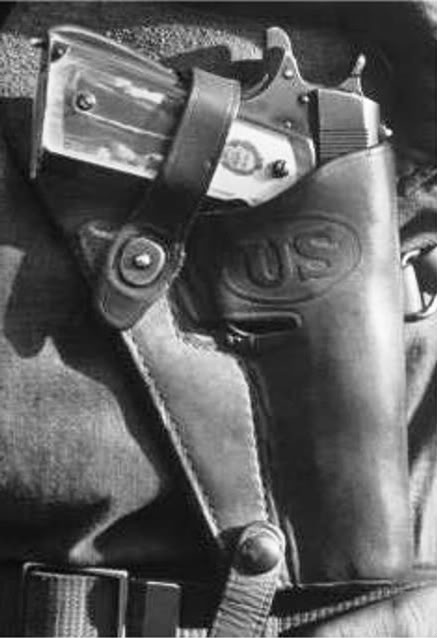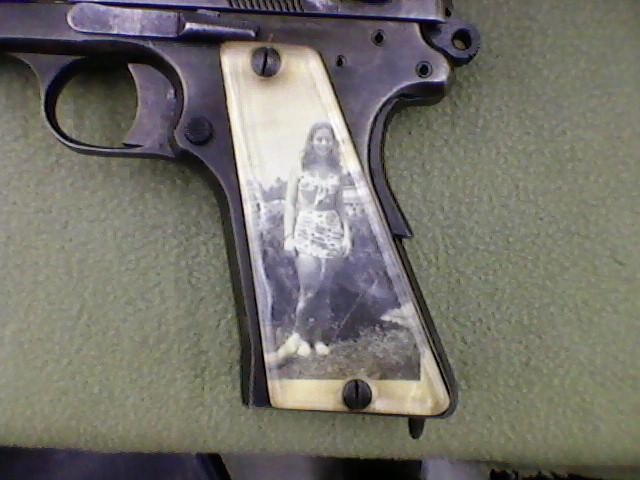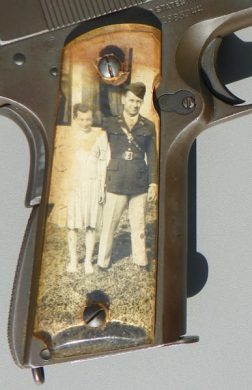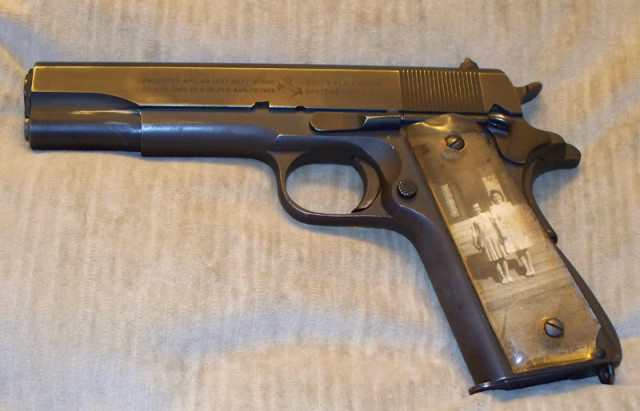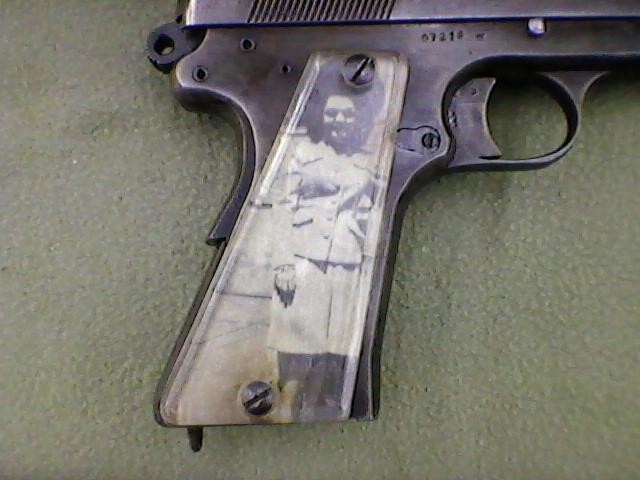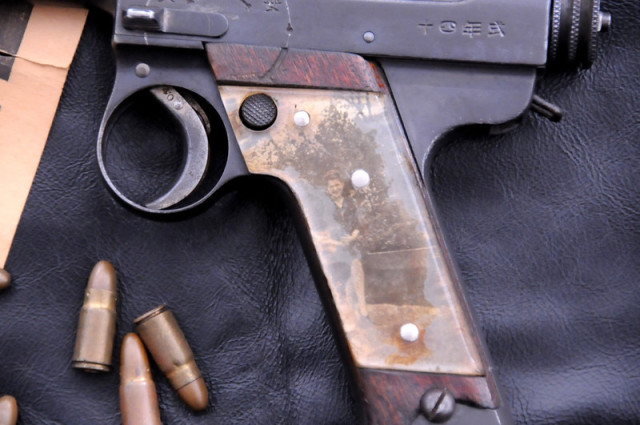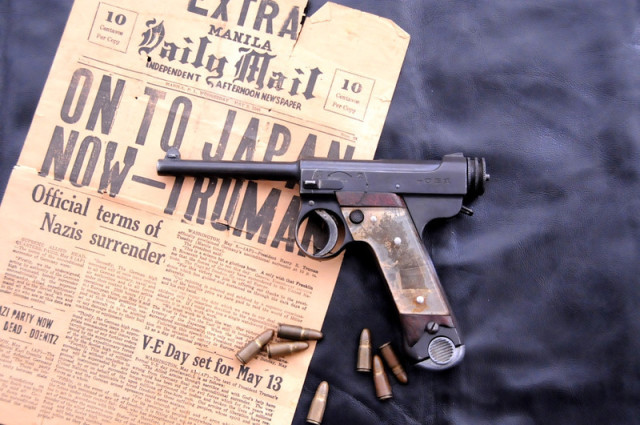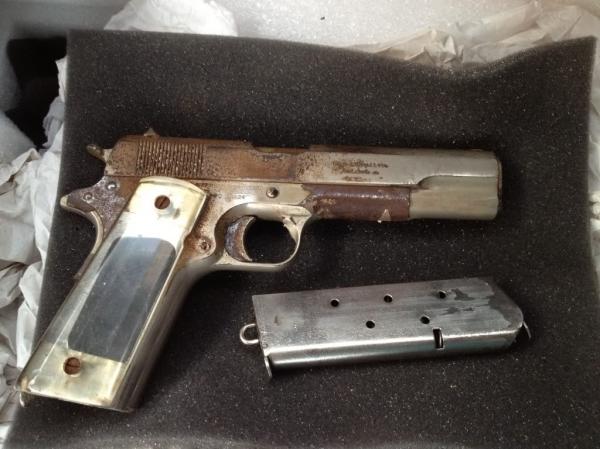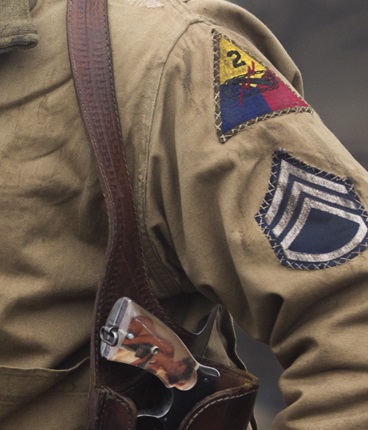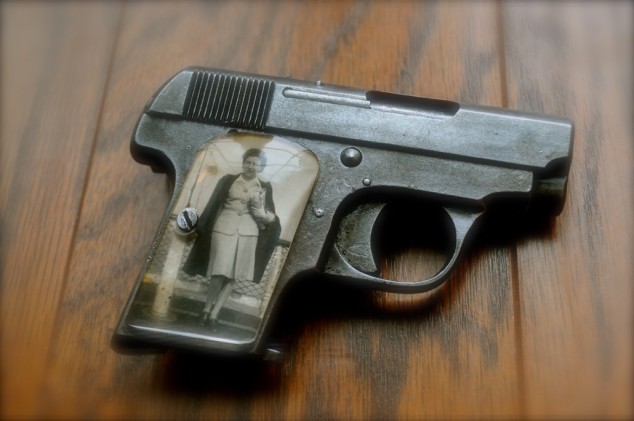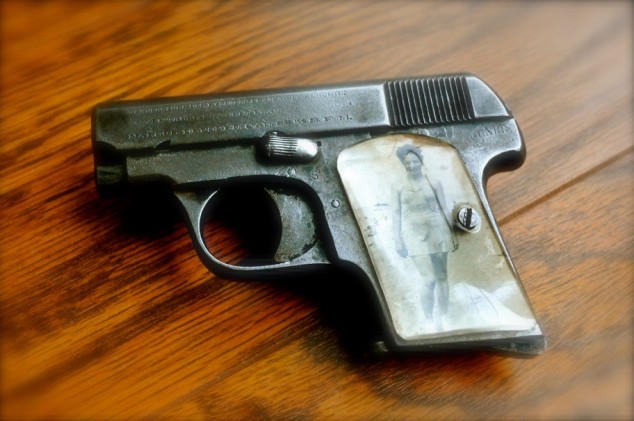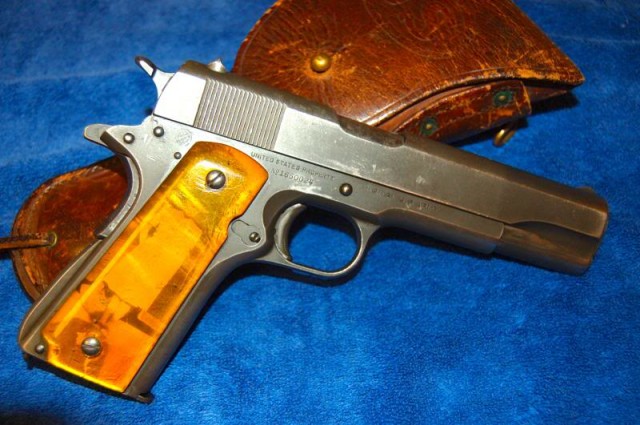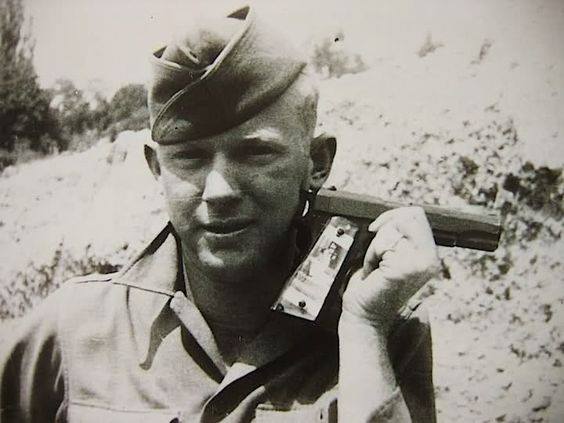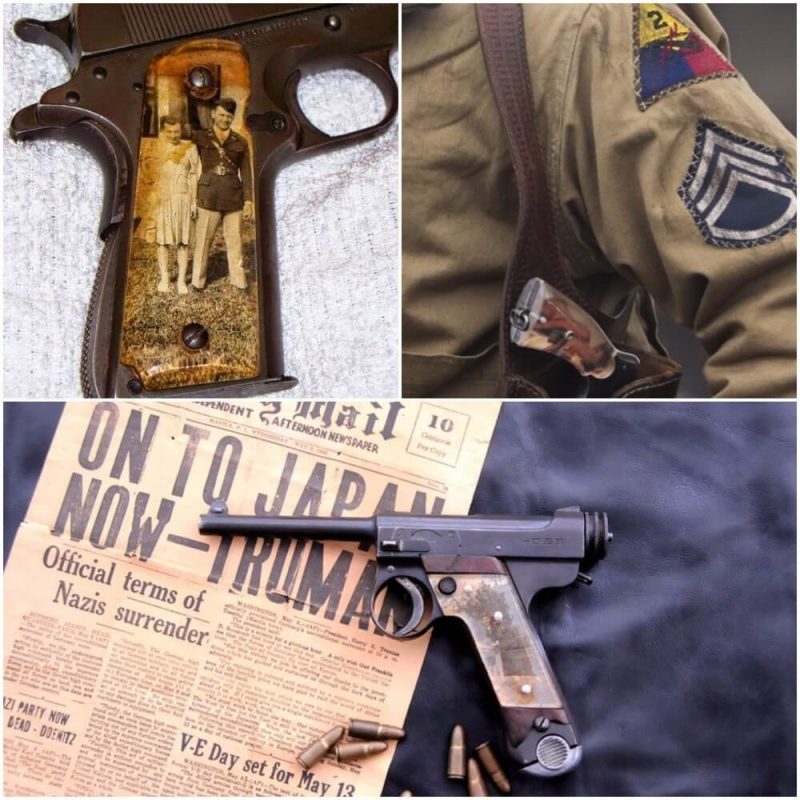Soldiers throughout history have always personalised their equipment. By using something as artistic as nose art on a 16 ton bomber, or as simple as scratching their initials into their canteen or into the butt of their rifles. Since WWI, we have been used to battlefield art known as ‘trench art’.
Not limited to the World Wars, the history of trench art spans conflicts from the Napoleonic Wars to the present day. Although the practice flourished during WWI, the term ‘trench art’ is also used to describe souvenirs manufactured by service personnel during WWII.
Some items manufactured by soldiers, prisoners of war or civilians during earlier conflicts have been retrospectively described as trench art.
Ever since cameras were invented, service men and women have tucked away precious pictures of their loved ones. Pictures end up tucked under helmets, stuffed in pockets, in cigarette cases, bibles – there’s always a way to keep your nearest and dearest close to you. If you didn’t have a loved one – there were always pin up girls.
During WWII, GIs found a pretty unique use for the clear plastic Plexiglas. The material was developed in 1928 in several different laboratories by many chemists such as William Chalmers, Otto Röhm and Walter Bauer and was first brought to market in 1933 by the Rohm and Haas Company under the trademark Plexiglas.
It was a great invention and was used heavily during WWII, especially for the windows in planes. It was used in windows on vehicles and, due to its lightweight and malleability, began appearing on warplanes used by both sides, covering canopies, gun turrets, and aircraft viewing ports and anything else that needed glass.
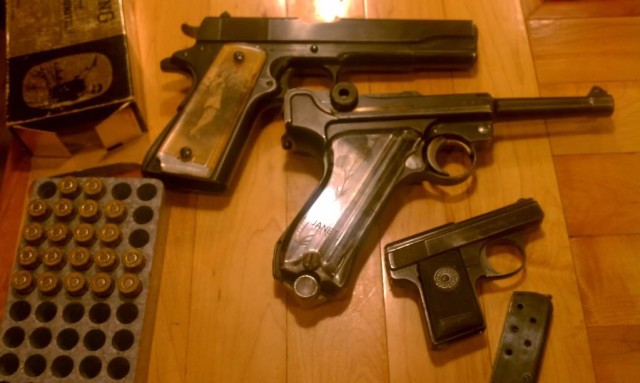
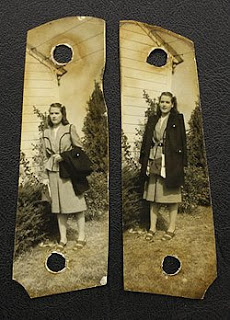
The story behind the above grips: James L. Morris returned from war, and he kept the sidearm that served him so well throughout that part of his life. Velma’s photos remained underneath the clear plastic grips of the pistol. He began a new life with his bride and the war relic was placed away as an old memento of a time he hoped would never reoccur. They had a long and fruitful life, and a son who grew up to join the US Navy. In 2005, Velma died. In September 2007, James joined her again. The pistol he carried was bequeathed to his son Jim.
In October, Morris’ home was burglarized. Three firearms, including the precious M1911A1 were stolen. “Nothing in this world that I owned had more sentimental value to me,” Jim Morris said. “That gun meant the world to me. It means the world to me.” Even though he did not have the serial number, he still listed the lost firearm as stolen, writes Xavier Thoughts
